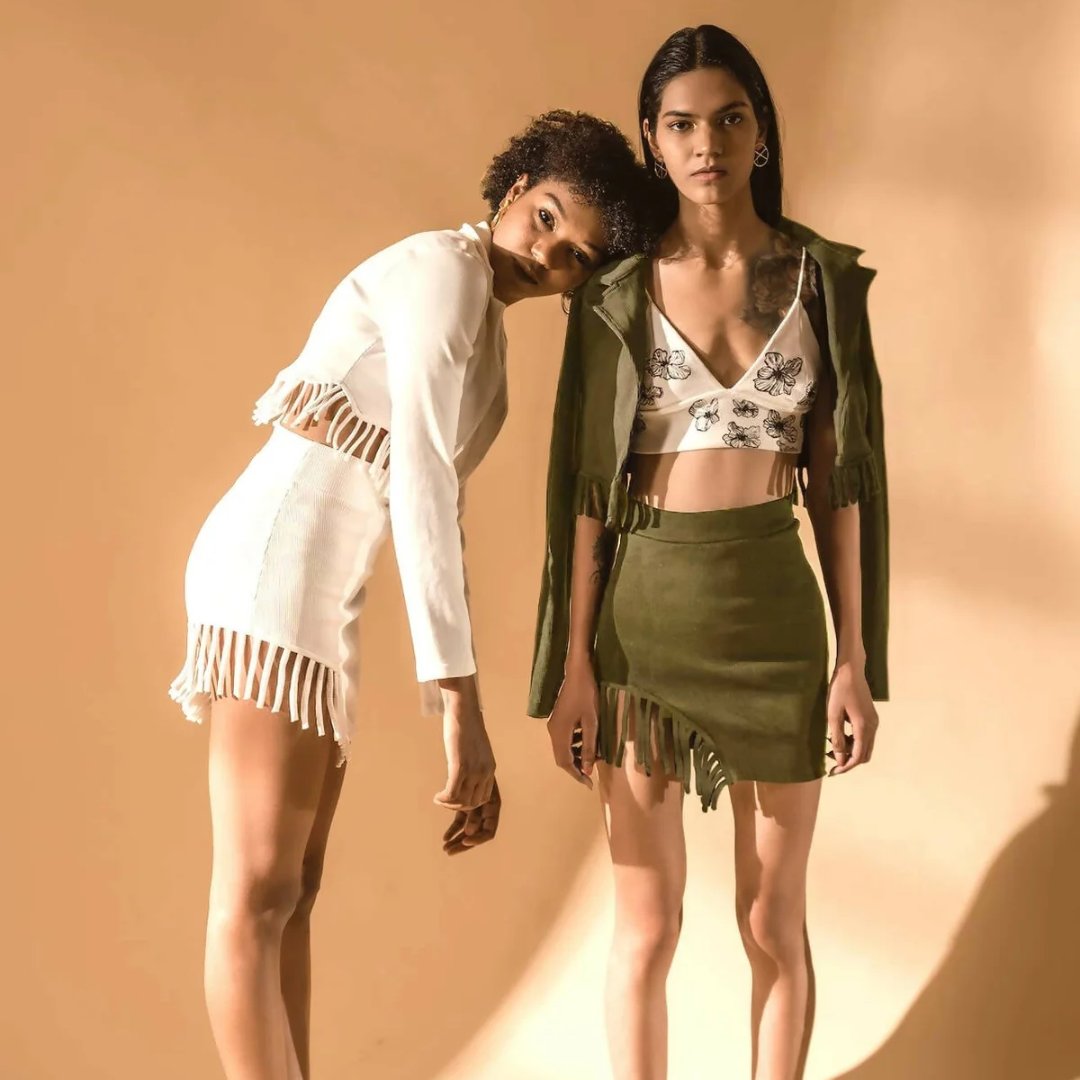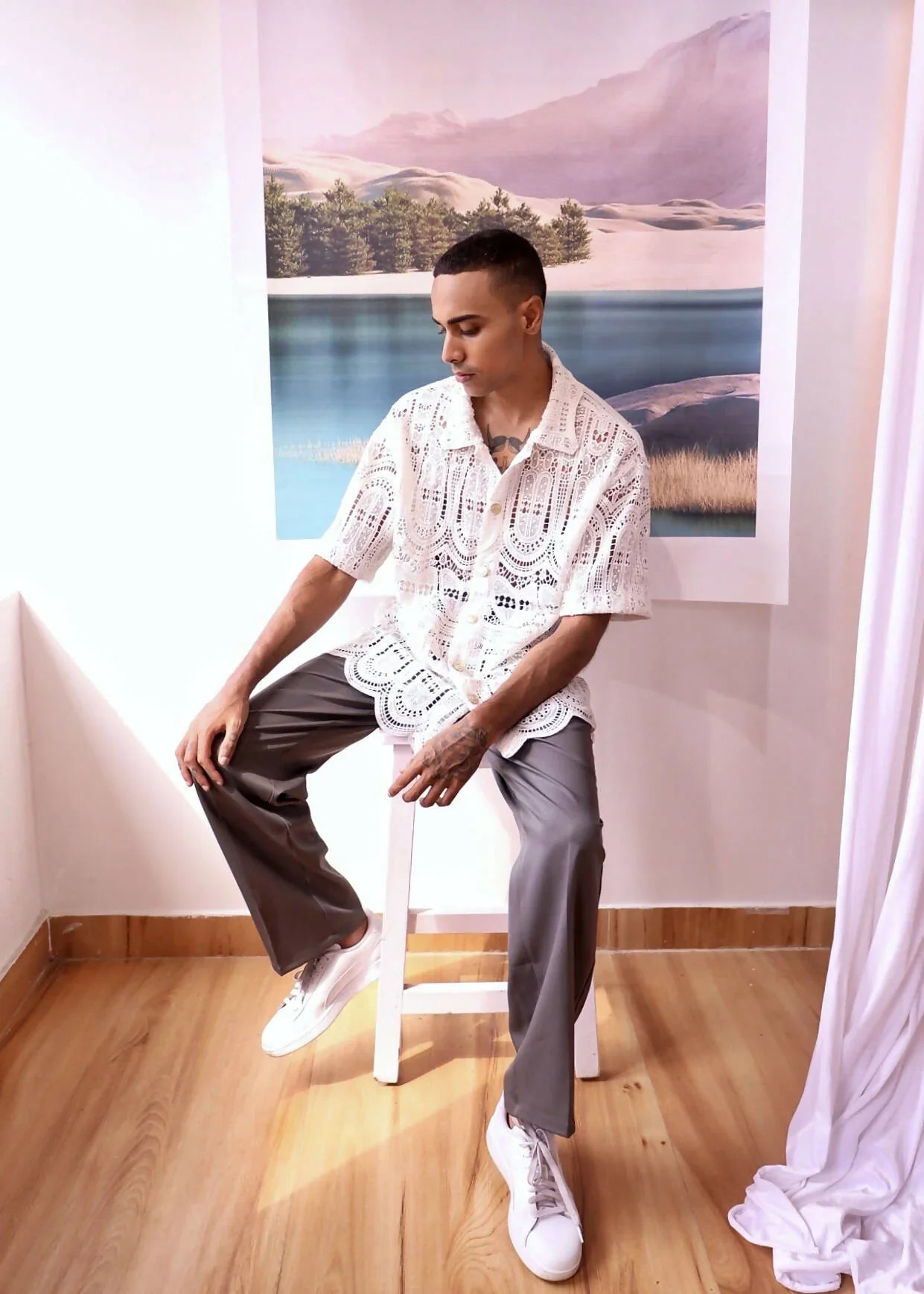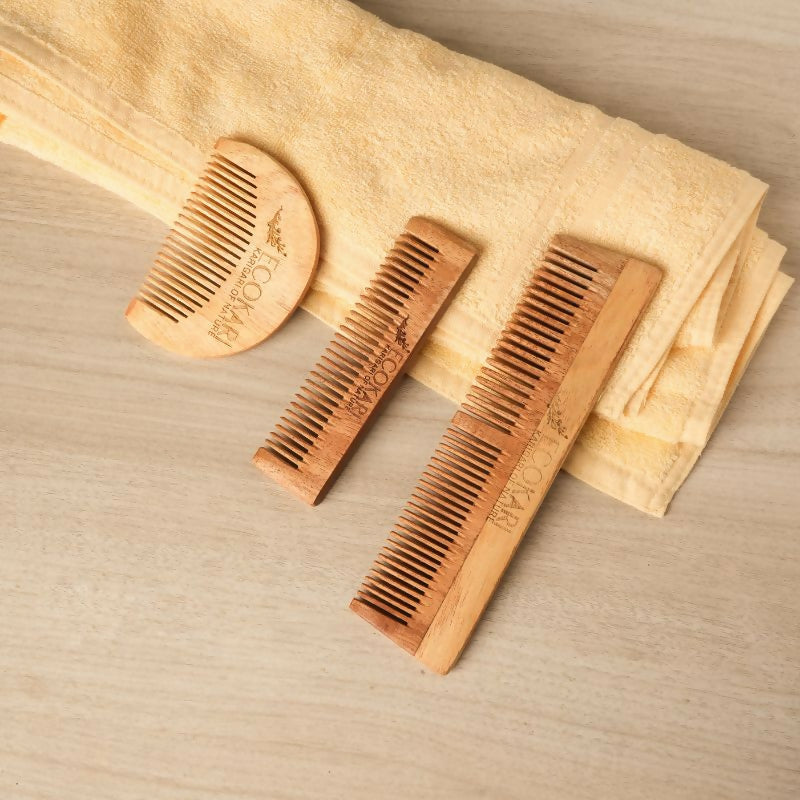Upcycled Couture: Bridging Sustainability and Luxury

Upcycled couture refers to the creation of high-end fashion garments from pre-existing materials, such as discarded clothing, accessories, or plastic waste. This practice not only mitigates the environmental impact of fashion production and consumption but also serves as a platform for showcasing creativity and craftsmanship. It has gained prominence as a sustainable solution within the industry.
According to a report by Lyst, there was a 42% year-on-year increase in shoppers seeking upcycled fashion in 2020, and demand for second-hand items saw a notable rise of 45%. As the second-largest consumer of water, the fashion industry's impact is significant. However, an MIT study demonstrated that practices like reusing, recycling, and upcycling can cut the industry's water use by up to 20%.
The pandemic impacted upcycled couture, as excess inventory fabrics required upcycling, prompting many brands to adapt. Stella McCartney, known for her sustainable focus, launched a mindful 'A to Z Manifesto' during the pandemic, where 'R' represented 'Repurpose'. She created limited-edition pieces using old stock, setting a new circular standard and minimising waste.
Upcycling couture anticipates a chic and responsible fashion movement that promotes a greener and healthier urban lifestyle. Some creative examples of upcycled couture collections include:
MAISON MARGIELA - ARTISANAL
Belgian designer Martin Margiela, renowned for his avant-garde aesthetic and deconstructive approach, founded Maison Margiela in 1988. His unique ability to transform materials into high-fashion pieces and reimagining vintage pieces into new, time-honouring designs earned him the role of Creative Director at Hermes from 1997 to 2003.
In 1990, Margiela unveiled an 'Artisanal' line crafted solely from repurposed materials, including upcycled dresses, transforming them into silhouettes. He also crafted new pieces from fabrics from his past collections. Known for his unique creations, Margiela chose to cover his models' faces, hiding their identities, giving the spotlight to the designs, and inducing a sense of mystery.
Maison Martin Margiela's 'Artisanal' Couture Collection showcases a deconstructed jacket crafted from vintage baseball gloves, epitomising Margiela's innovative, sustainable approach in his Fall 2012 couture collection.


Viktor & Rolf, an avant-garde Dutch luxury fashion house, was established in 1993 by founders Viktor Horsting and Rolf Snoeren. They advocate for diversity and eco-consciousness in fashion. Some of their outstanding sustainable collections include 'Vagabonds', where previous collections served as the foundation for their innovative designs. They creatively repurposed torn fabrics by hand-weaving them into new shapes and textures.
Moreover, they have also produced unique pieces by breathing new life into vintage items from their personal archive. In their 2020 couture shows highlighting upcycling, they prominently featured patchwork designs composed of minute fabric swatches from their suppliers' archives, which had been preserved instead of being discarded.


(Image Credit: Viktor & Rolf Spring/Summer 2017 Couture Collection)
In their 2017 'Boulevard of Broken Dreams' collection, Viktor & Rolf reimagined decades old worn, damaged fabrics. These fragments were artistically pieced together into surreal collages, taking on new shapes. Repair work was highlighted with gold, inspired by Kintsugi, a Japanese art form that finds beauty in brokenness. Embracing these imperfections, they transformed the flawed materials into uniquely valuable pieces of fashion.
JEAN PAUL GAULTIER
Jean Paul Gaultier, a distinguished fashion designer celebrated for his avant-garde and unconventional designs, made a remarkable statement with his farewell show in 2020. This couture collection showcased upcycled pieces as an ode to sustainable fashion, with models adorned in creatively repurposed items from the designer’s personal archives.




IRIS VAN HERPEN - EARTH RISE
Iris Van Herpen, a Dutch avant-garde fashion designer, established her label, Iris Van Herpen, in 2007. Her work is profoundly influenced by and intertwined with elements of nature. She is one of the forward-thinking couturiers aiming to bring about change in the fashion industry through sustainable practices. In collaboration with architects and scientists, she is dedicated to developing eco-friendly fabrics for her future collections, thus ingraining these sustainable approaches deeper into her design process.
In the 'Earth Rise' couture collection, each piece was fashioned from Parley for the Oceans’ trademarked Ocean Plastic fabric. This material, made from upcycled marine debris—part of an estimated eight million tons of annual oceanic plastic waste—was collected, shredded, and spun into yarn. This sustainable fabric contributed to Herpen's goal of making each gown resemble a living, breathing organism. The entire collection intended to raise awareness of the ocean's fragility.








Leave a comment